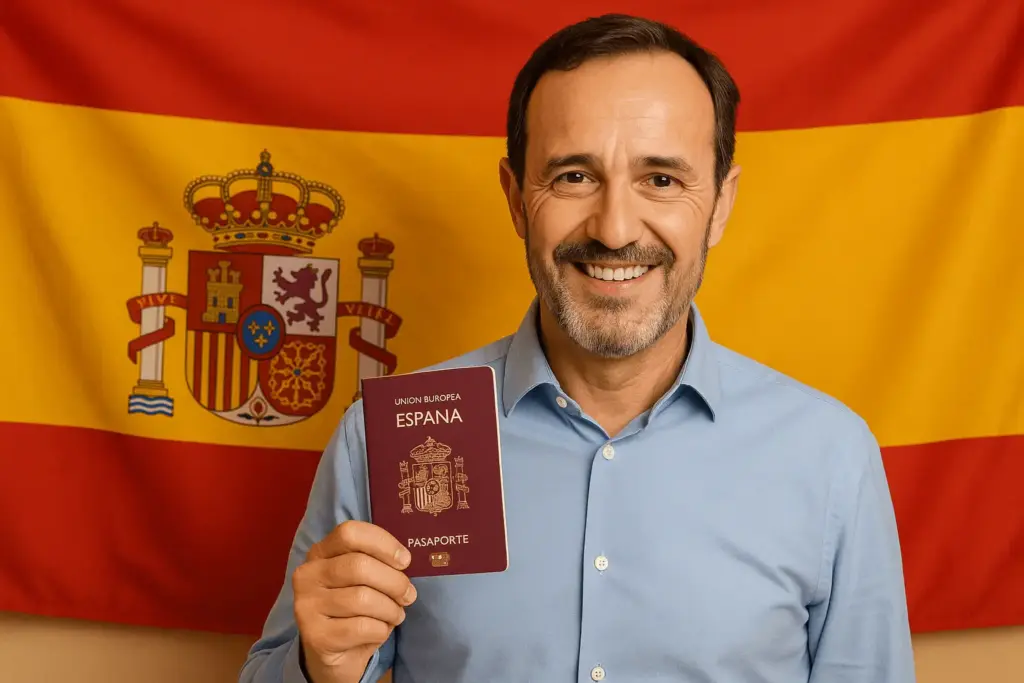One of the main worries regarding the consequences of Brexit involves the thousands of people, such as lorry drivers, who work in countries where they do not live, so-called ‘border workers’. Now that free movement between the UK and EU no longer applies, these workers will have to follow a new set of rules in order to continue carrying out their job.
The Withdrawal Agreement, signed between the United Kingdom and the European Union in January 2020, safeguards these border workers’ rights so long as they were in this profession before the end of the transition period on the 31st of December 2020. Under Article 26 of the Agreement, the country in which the person works will issue a document confirming their status as a border worker. In the case of Britons working in Spain, this document will have the phrase ‘Artículo 50 TUE: trabajador fronterizo’ printed on it.
UK citizens have been able to apply for this document since the 1st of January 2021. Your application must be filed with the Extranjería office in the province you work, or in the General State Administration if you are a border worker in Gibraltar. The whole process should take no longer than 3 months.
For the application you need a valid passport or, if it is expired, a photocopy and proof of your application for renewal. Furthermore, you must present a printed copy of your EX-22 application for a Border Worker document and proof of your status as a border worker in Spain before the end of the transition period.
If you are employed by someone else, this proof can be a statement of employment from your employer, in which case it must include the name, address, tax identification and Social Security account number of the company. If you are self-employed then you must bring evidence of your self-employment, which can include registration in the Census of Economic Activities.
Until you have received the Border Worker document, the confirmation of application is enough to prove your rights to continue doing your job. Once your forms are submitted, the Extranjería office will make a decision regarding your application. If it is accepted, you will have one month to go to the relevant police department to request that your Border Worker document be issued to you.
When submitting this request, you must bring the EX-23 Card Application, your passport, a passport photo and a print-out proving your payment of the relevant fee. Finally, when you receive the document, you must show your passport to prove that you are the intended recipient. This document will then be valid for a period five years and can be renewed so long as you are still a Border Worker.
Much of this may seem very complex and confusing, especially in comparison to the relative simplicity of the pre-Brexit system. That is why it is important to consult a qualified Spanish lawyer who can give you peace of mind and ensure you have your paperwork in order for your application.




